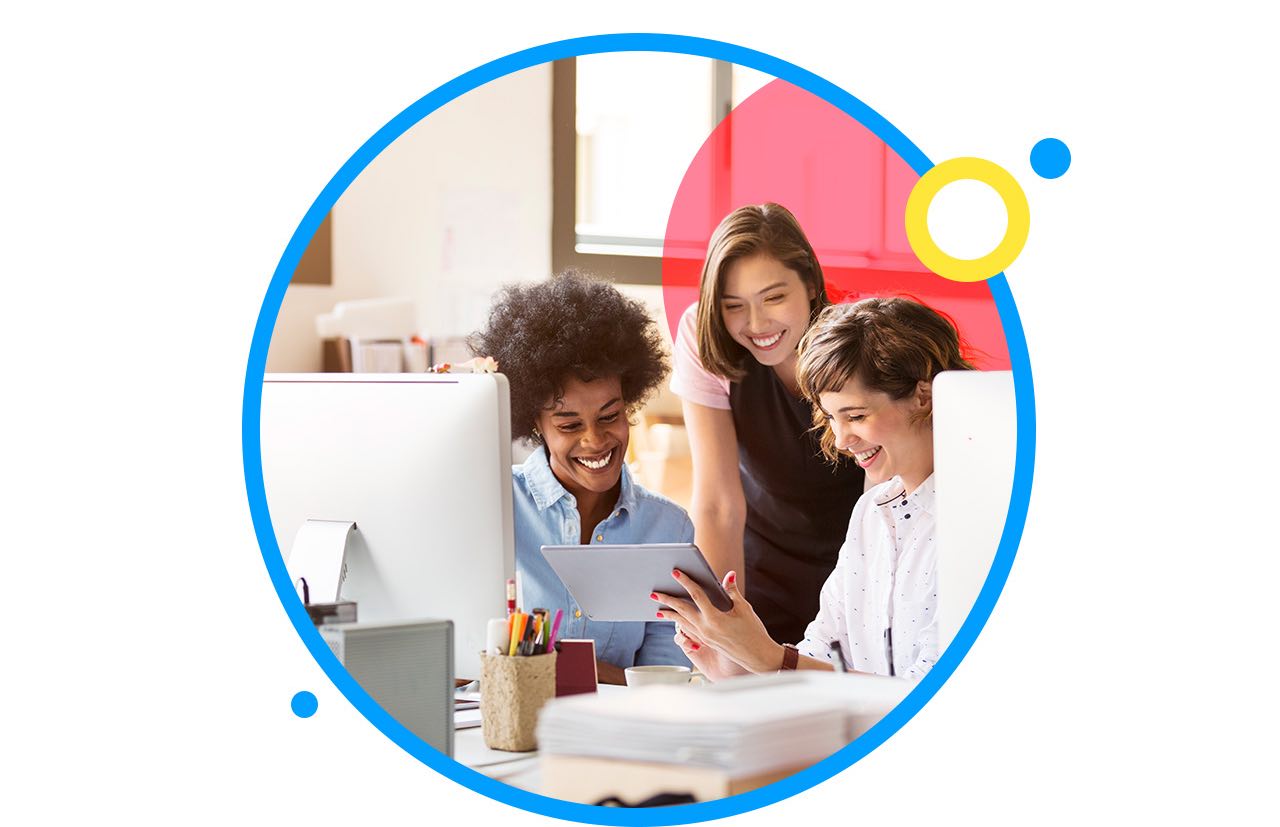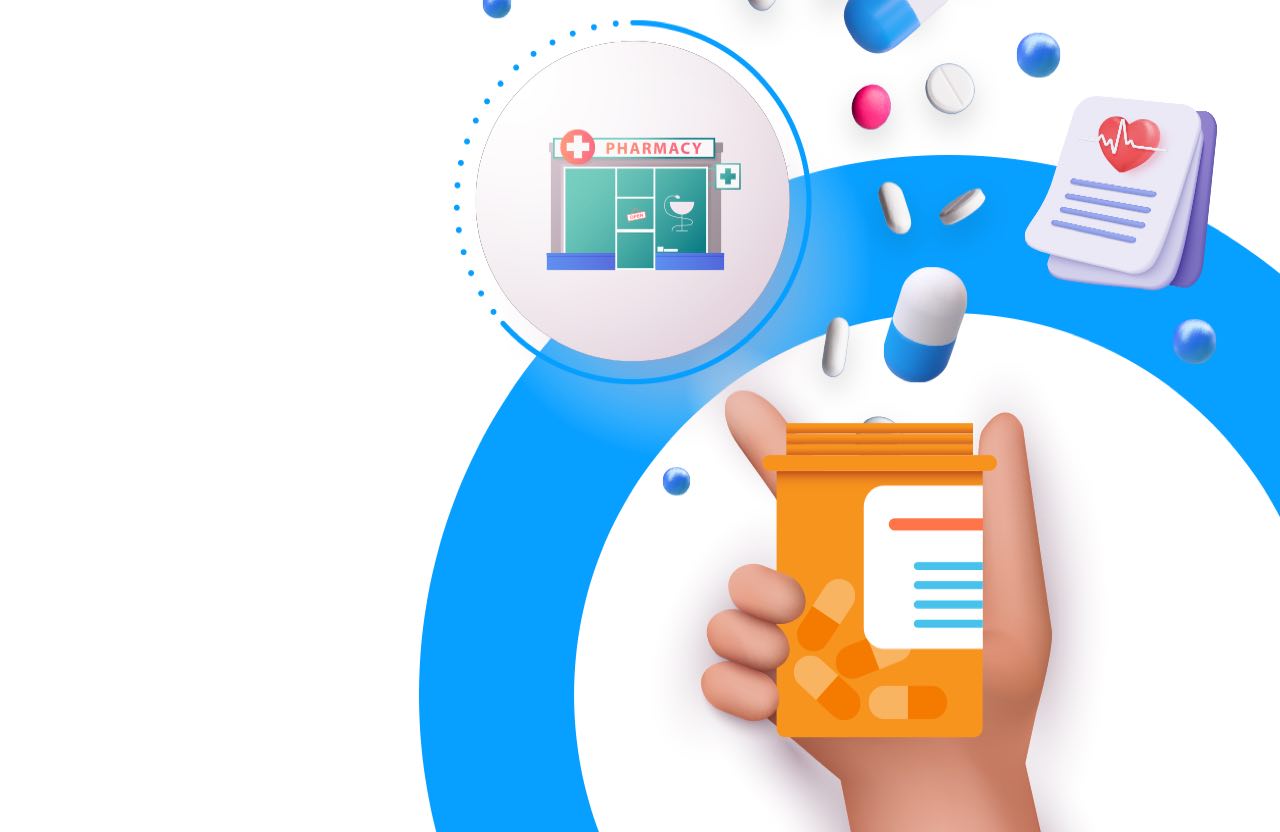What issue can we solve for you?
Type in your prompt above or try one of these suggestions
Suggested Prompt



Insights
Three Ways to Modernize the Digital Workforce Experience
Three Ways to Modernize the Digital Workforce Experience
How consumer products companies can unlock digital growth and retain tech talent with employee experience (EX) journey transformation.
According to a 2022 IDC report, the #1 business risk for North American CEOs is a talent skills gap. For global consumer products companies undergoing digital transformation across food and beverage, electronics, beauty and luxury, the risk is more pronounced. There are 117,000 open job positions at U.S. CPG firms, per October BLS numbers, and these firms are struggling to compete with well-known digitally native brands for top tech talent.
“It’s a competitive hiring market and retention is a key part of that, especially in the long term,” says Garry Moore, director of customer experience and innovation at Publicis Sapient, named a 2022 IDC Marketscape leader in employee experience consulting. “The best way to retain talent is by modernizing the employee experience as a key part of your overall digital business transformation, and that includes soft skills.”
2022 IDC Marketscape leader in employee experience consulting
Historically, employee experience has been undervalued as an element of digital transformation. According to a recent Salesforce survey, breaking silos between employee experience and customer experience can lead to revenue growth of 50% or more. While investing in recruitment can (slowly) fill open job positions, investment in end-to-end EX can accelerate digital growth, decrease costs and create a culture of agility and innovation. And, in cases where employees are interacting with customers (such as sales and service roles), improving employee experience has a meaningful impact on customer experience.
“Every employee is a customer,” says Zachary Paradis, global vice president of customer experience and innovation. “And therefore, EX is CX. You have to take a journey-based approach.”
There are three strategies for EX design that are essential to digital business transformation:
- Remote work employee experience journeys
- Employee experience/customer experience journeys
- Digital-first change management
1) Create remote employee experience (EX) journeys
Remote work culture is here to stay, but are consumer products firms adapting?
Consumer products companies desperately need new tech talent, whether from new hires or upskilling current employees. Yet they’re competing with modern work culture at top tech companies across the world. Gen Z is leading a complete shift in the hiring process that requires new levels of company flexibility. 66% of Generation Z workers would switch jobs for more control over their work schedule and 49% say flexibility is their #1 factor in staying on the job.
By treating the employee experience like the customer experience, CP firms can attract talent and reduce churn by redesigning the remote employee experience through digital EX journeys.
These employee experience journeys can include:
- Recruiting
- Onboarding
- General engagement
- Knowledge management
- Learning and development
-
Next steps:
- Evaluate your current end-to-end EX through employee surveys and c-suite level interviews to identify particular activities that create fatigue, like time-consuming expense reporting.
- Reimagine journeys for EX that include repeatable and time-based activities, like career mentorship one-on-ones or employee growth conversations, and directly connect these activities to KPIs, like employee churn.
- Model these journeys digitally through self-service platforms and online communities, minimizing fatigue and improving KPIs over time.
- Evaluate your current end-to-end EX through employee surveys and c-suite level interviews to identify particular activities that create fatigue, like time-consuming expense reporting.
2) Design the EX side of customer experience (CX) journeys
Employees are the enablers behind digital-first experiences for retail partners and end consumers. But are they factored into CX design?
As consumer products firms bring in new digital capabilities and create new self-service platforms for retailers, the employee experience is rarely factored in. According to Salesforce data, 74% of executives report that no one at their company truly owns the employee experience.
However, for every new digital customer experience journey, there’s an equally important employee experience journey attached to it, and consumer products firms need to map these journeys out to ensure digital transformation success.
For example, Publicis Sapient partnered with a North American health insurance company to reimagine their customer experience journey for doctors and patients. Employees were using 20 different platforms to process doctor and patient information, and most doctors weren’t using the company’s CX portal. Patients could only submit 25% of claim information digitally. To create a more efficient and low-cost digital experience for doctors and patients, Publicis Sapient conducted employee interviews to create an EX journey working in harmony with the new CX journey that simplified the daily insurance claim process. This allowed employees to get more work done, improved satisfaction and even required fewer overall workers to get the same amount of work done.
-
Next steps:
- When creating new end-to-end customer journeys or digital self-service platforms for end consumers or retail partners, create a parallel EX journey for employees.
- Map out current-state EX journeys as they relate to CX journeys to understand inefficiencies from the employees’ perspective.
- Create future-state CX and EX journeys that work in tandem to drive digital acceleration for all stakeholders: employees, retailers and end consumers.
- When creating new end-to-end customer journeys or digital self-service platforms for end consumers or retail partners, create a parallel EX journey for employees.
Learn about Publicis Sapient’s experience design solutions
3) Enable strategic change management support
Agility is the new gold standard for consumer products companies. But can employees keep up with the pace of change?
During digital business transformation, non-digitally native employees are expected to rapidly adapt to change. Organizations that allow employees to co-create change decisions, own implementation planning and talk openly about change are 14x times more likely to achieve change success.
“If employees don’t understand how changes are going to make their lives easier and don’t have the support they need to activate those changes, they are not going to buy in,” says Moore. “Firms need to systematically activate employee support to enable digital transformation.”
For example, Publicis Sapient employs a “two in the box” method to help non-digitally native employees adapt to change, and to solve for hiring issues in a competitive tech talent market. In the initial stage of digital-first transformation, one non-digitally native employee is paired with one tech-savvy Publicis Sapient consultant to collaborate on one role, i.e., two in the box. This temporary redundancy enables agility and avoids long-term redundancy; once the initial phase of rapid change is over, Publicis Sapient consultants can depart and the organization can evaluate long-term staffing needs.
At the same time, Publicis Sapient uses systematic role archetyping to identify not only the hard skills required for new digital-first teams, but also the soft skills—such as the ability to communicate about change within groups. Publicis Sapient ensures that new teams include “early adapters,” which are employees who quickly adapt to change and help other employees adapt, too.
-
Next steps:
- Enable executive dashboards that provide access to employee experience data and bring employee opinions into decision-making.
- Create an employee-centric change management strategy, like “two in the box” and identify “early adapters” that provide employees with added mentorship and the ability to talk openly about change.
- Implement permanent digital ecosystems for ongoing employee support with new organizational models and technology architecture.
- Enable executive dashboards that provide access to employee experience data and bring employee opinions into decision-making.
Connect with Zachary Paradis and Garry Moore to implement leading customer experience practices with your employees to accelerate digital-first transformation.








